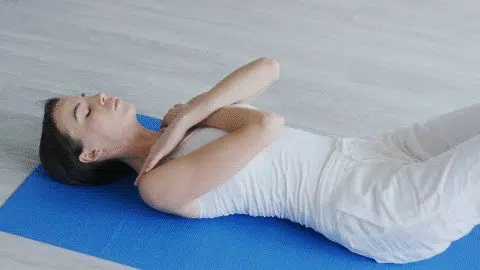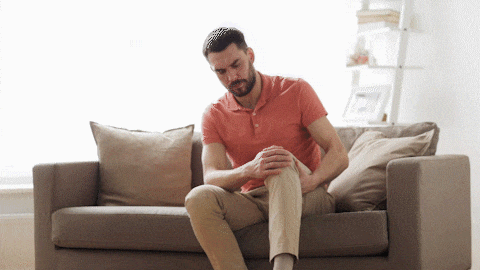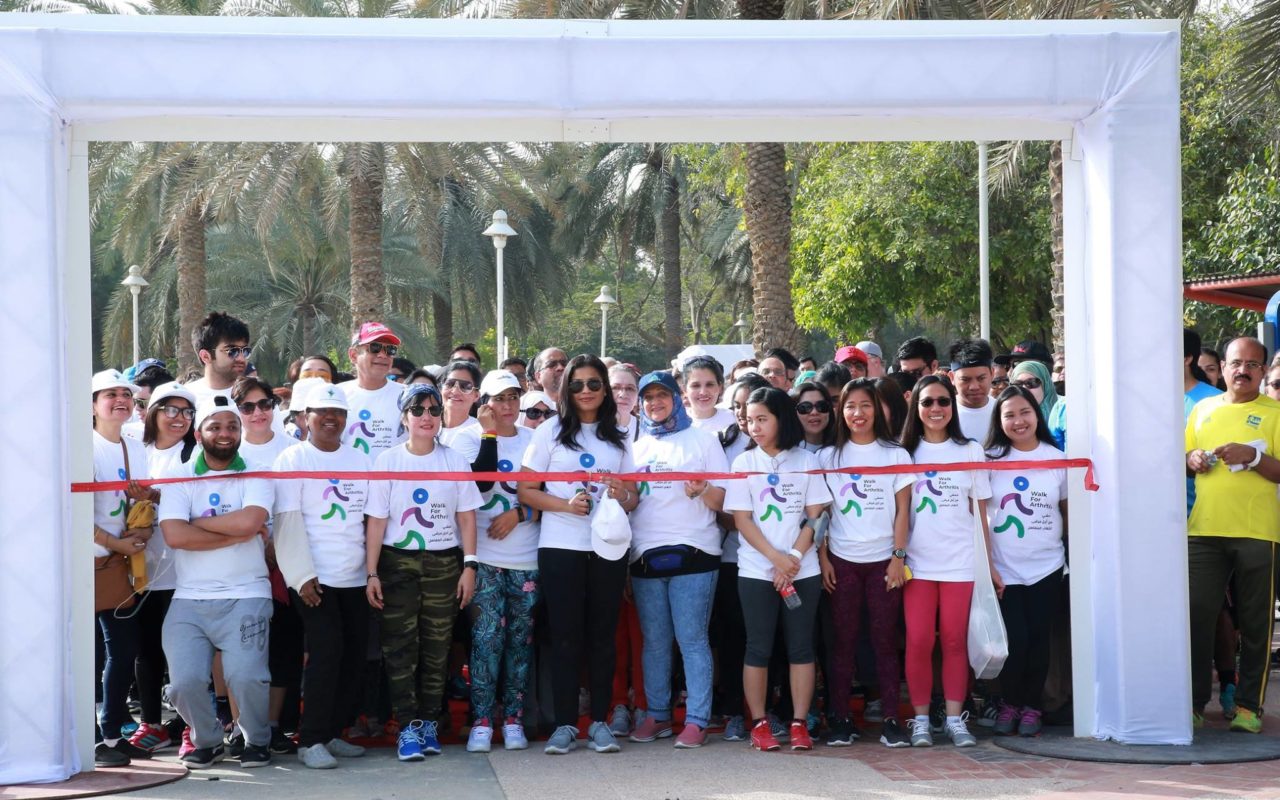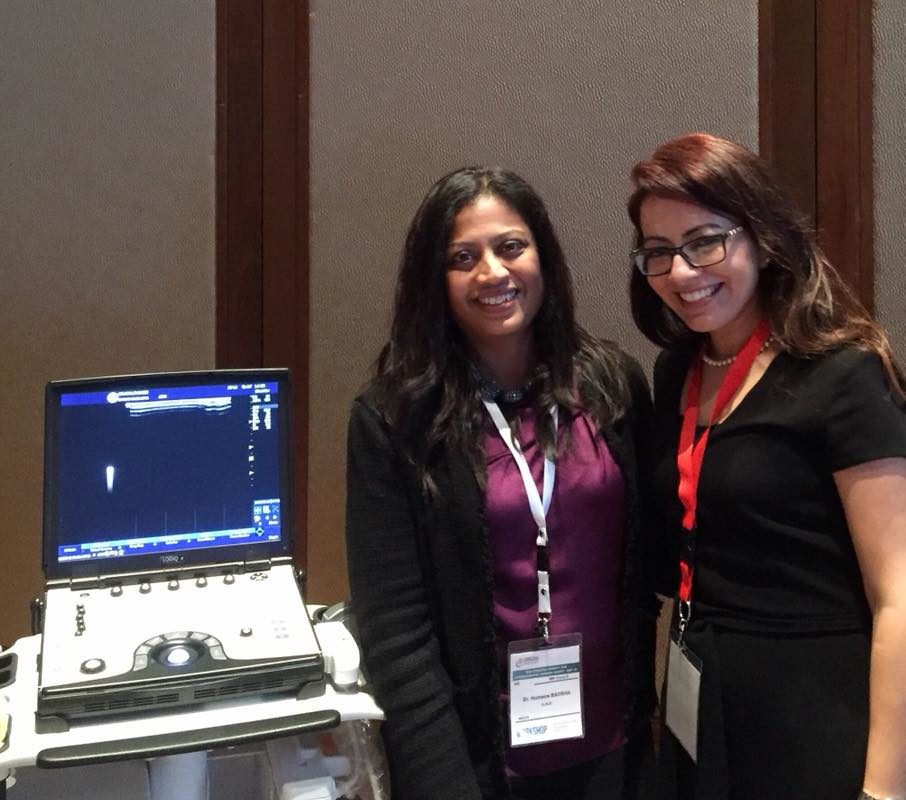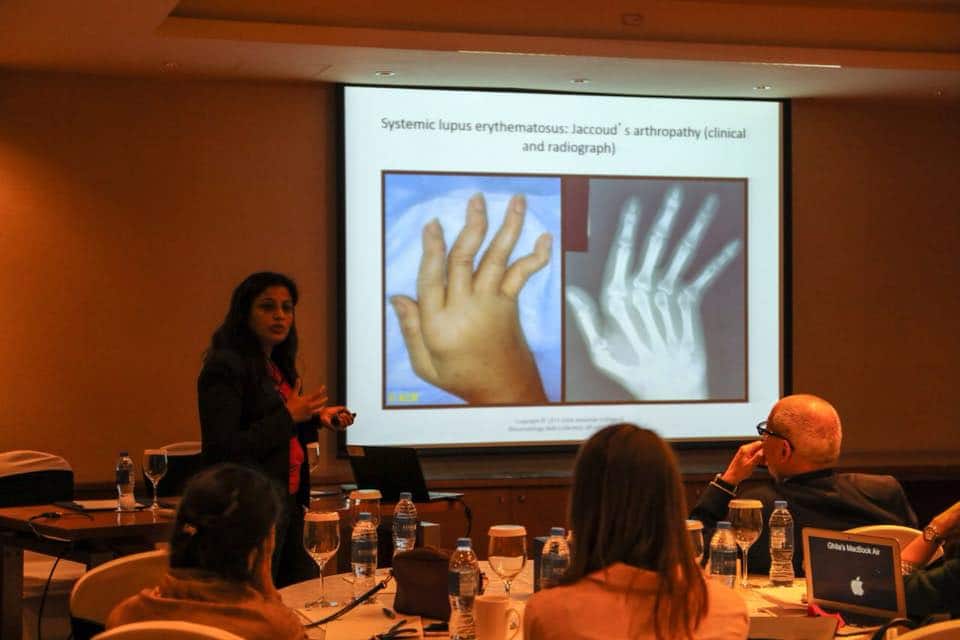Fibromyalgia and Sleep Apnea
Fibromyalgia and Sleep – What You Need To Know
For patients with fibromyalgia, sleep apnea could become a problem. With a wealth of recent research suggesting that those with fibromyalgia are more likely to develop an obstructive breathing problem, known as sleep disordered breathing, or experience nonrestorative sleep, researchers have been looking at the links between these two conditions.
Fibromyalgia is a long-term disorder that causes widespread, chronic pain throughout the body, leading to fatigue, low mood and increased sensitivity to pain. There is, as of yet, no cure for fibromyalgia. Many clinicians report that fatigue and poor sleep have become more prominent than pain in their patients with fibromyalgia. But how do you know if sleep apnea is related to how you’re feeling?
What is sleep apnea?
Sleep apnea is the partial or complete collapse of the airways while you are sleeping because of muscles in your throat relaxing. Apnea just means that the flow of air into and out of your lungs stops for more than 10 seconds, but when this happens many times throughout the night, you can expect to snore more, wake frequently and find it difficult to enter sleeping phases necessary for full sleep health.
Can sleep apnea cause chronic fatigue syndrome?
The most recent studies show evidence that up to 60% of patients with chronic fatigue syndrome have sleep apnea, but there are no definitive links between having sleep apnea and developing CFS or fibromyalgia. The effect of sleep apnea, including fatigue and lack of sleep, may contribute to a feeling of chronic fatigue, but this is not inherently linked to the condition of CFS itself.
Does sleep apnea have any relationship with fibromyalgia?
Yes, it does. Think about how not getting a good night’s sleep disrupts your day. You may find yourself feeling more moody, less active, more drowsy and less able to function. Combined with the pain from fibromyalgia, not getting good rest can increase sensitivity to pain, increase mood issues and lead to exhaustion. Studies have shown that fibromyalgia has a profound relationship with sleep apnea, leading patients to suffer more through the combination of these two conditions.
Can chronic fatigue syndrome and fibromyalgia run in families?
As with many conditions, CFS and Fibromyalgia show some evidence that they run in families. If you have a family history, you might be more prone to developing them, but there are environmental factors at play too.
Is sleep apnea a valid medical condition?
Yes, it is. Sleep apnea is a serious medical condition in which you stop breathing, possibly hundreds of times throughout one night. This lack of oxygen to the brain and body has a damaging effect on your health and pre-existing conditions. Untreated sleep apnea might not be able to kill you, but the effects of it can be detrimental; including developing heart disease, high blood pressure and diabetes.
If you have sleep apnea, how do you feel during the day?
Not getting restorative sleep has a big impact on your daily functioning. Some types of sleep apnea mean you might notice that you have a dry mouth, headache or low mood. You’ll be tired, sometimes exhausted despite sleeping, or suffer from insomnia.
Can losing weight cure sleep apnea?
Some sleep studies have found that larger necks or higher BMIs can predispose people to sleep apnea and other sleep disorders. Combined with treatment of fibromyalgia your clinician may suggest losing weight as part of developing a healthier lifestyle. It has been shown that exercise and diet play a big part in many chronic pain conditions including fibromyalgia and rheumatoid arthritis. Increasing your quality of life is always the goal, so weight loss might be an option for you.
As with many chronic pain conditions, sleep is vitally important to recover from the pain and fatigue of everyday living. Cognitive behavioural therapies, mindfulness and medication, alongside lifestyle changes are all beneficial to regaining an optimum quality of life, and treating each condition as it presents is important.
If you suffer from fibromyalgia, sleep apnea or another chronic condition, it’s important to keep in touch with your clinician, updating them on your symptoms, sleeping patterns and overall functioning, so they can help you as much as possible.


